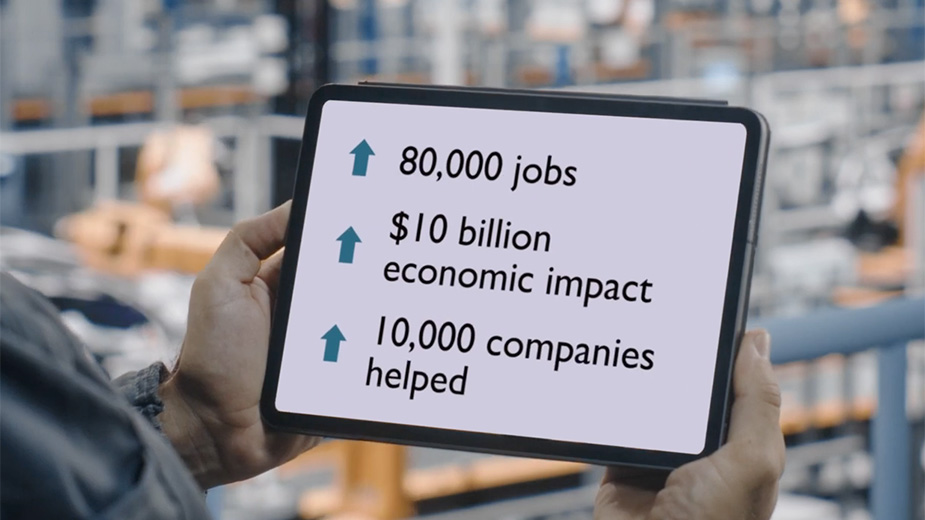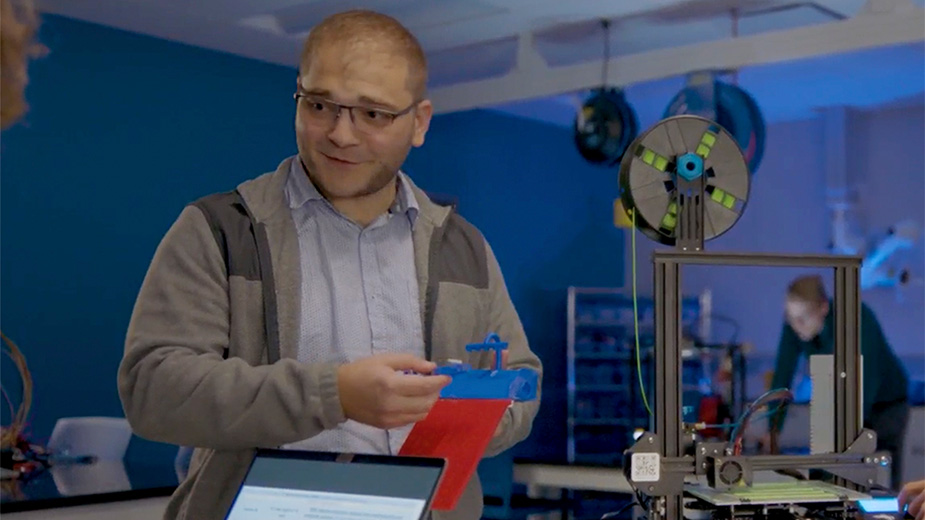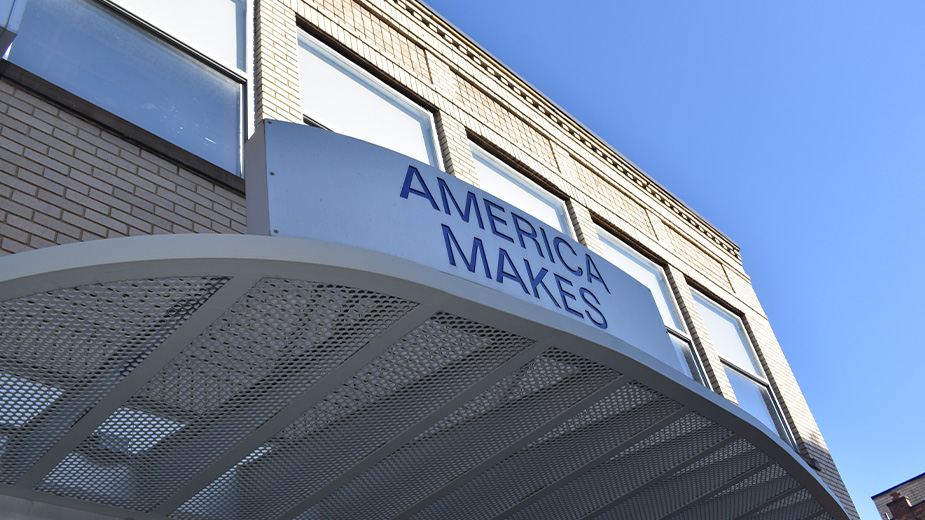Manufacturing Survey Shows Progress, Challenges for Region
CLEVELAND, Ohio – Magnet’s 2023 Manufacturing Survey tells an exciting story of growth and change but also highlights persistent challenges for northeastern Ohio.
The survey, sponsored by Bank of America, aims to spotlight the state of manufacturing in the region – which drives almost half the regional economy.
Below is a summary of key findings on the manufacturing workforce – how talent is both powering the region’s future and holding it back.
Manufacturing is growing rapidly: According to Team NEO, 10,000 new jobs have been added. This is one-third of the way to the 10-year goal for the region in just two years, as set out in the Blueprint for Manufacturing in Northeast Ohio. The industry is growing overall, and the need for new talent in new positions continues to expand.
Starting salaries are getting much more competitive: Entry-level pay for low-skill manufacturing positions has increased 16% in two years – going from $14.10 to $16.30, an average change of $2.20 per hour. For entry-level mid-skill jobs, the jump was even higher at 21% – going from $17.50 to $21.10, an average change of $3.60 per hour. That’s good news for workers and makes manufacturing more competitive with talent, but it is straining companies, with 40% of manufacturers saying rising wages are hampering their growth.
Companies are catching up with the realities of the tight talent market, and it’s changing the industry for the better:
- 2,000-plus people of color have entered manufacturing in the past two years (data courtesy of Team NEO). Magnet alone has helped more than 750 women and people of color start manufacturing careers since 2021.
- 65% more companies are increasing their formal apprenticeship or on-the-job training programs.
- 58% of manufacturers are looking for ways to increase flexibility for workers through hours and shift permutations, cross-training of roles or more frequent pay to attract new employees (87% of companies already do this to retain employees).
- Almost 70% more manufacturing companies are on the region’s best places to work lists than in 2021, signaling renewed efforts to help attract and keep the best talent through positive workplace cultures.
- Half of all companies offer tuition reimbursement, and almost all companies offer health care for all people.
- 25% more companies are recruiting from high schools since 2019.
The talent gap has closed slightly over the past two years, but demand for skilled workers is still sky-high, with 10% of entry-level positions sitting empty: The number of vacant manufacturing jobs has dropped from 23,000 to 20,000 in northeastern Ohio for entry-level and low- to mid-skill jobs in the past two years. While this slight drop is promising, with almost 10% of all manufacturing jobs in northeastern Ohio sitting empty, it’s a problem that’s about to get worse due to spiking retirements.
Retirements are a key reason for job vacancies, and many more are coming: After five years of tracking this data, a record-high number of companies report a wave of imminent retirements. Twenty percent of manufacturing companies say that at least 16% of their workforce will likely retire in the next three years. In total, 16,000 to 34,000 people are expected to retire – that’s 6 to 13% of the manufacturing workforce – in the next several years.
“I’m incredibly proud of the progress our industry has made in building the workforce of the future,” said Ethan Karp, president and CEO of Magnet. “This data shows that in just two years we’ve gotten much better at finding, training and keeping talent. Unfortunately, this is barely keeping us afloat in the war for talent, and things are about to get much worse with the wave of retirements looming ahead.”
That means that as “an industry we must continue to band together to do more of the things we know are working,” Karp said. “Things like diverse recruitment, innovative training, competitive salaries and excellent workplace cultures. If we make manufacturing the best place to work, we can finally close the talent gap for good.”
This year, Magnet’s Manufacturing Survey was aligned with the Blueprint for Manufacturing in Northeast Ohio so that it could provide insights into the key areas identified as critical to the industry’s future: talent, technology transformation, innovation and leadership.
Data will be released about the other three categories – technology transformation, innovation and leadership – in the coming weeks.
Published by The Business Journal, Youngstown, Ohio.



